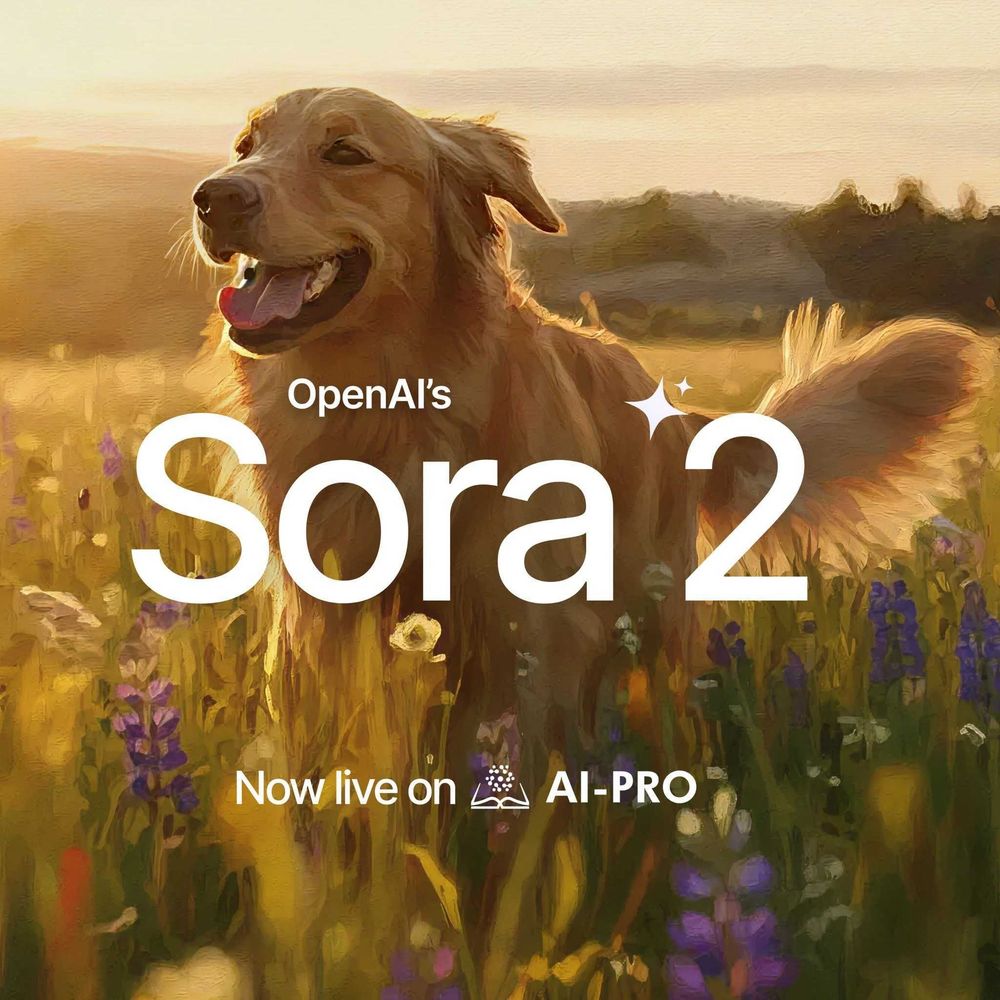For much of history, language translation relied solely on the expertise of human translators, who possessed a profound understanding of languages, cultures, and contextual nuances. These professionals used their hard-earned knowledge to meticulously convert text and speech from one language to another, ensuring the preservation of meaning, tone, and cultural relevance. Their work was vital in bridging language barriers, particularly in fields such as literature, international business, and diplomatic communications. They were (and actually still are) indispensable.

But in the past century, technology has advanced far enough to develop tools that augment human efforts. Translation memory systems, and more recently, artificial intelligence (AI) have revolutionized how we approach translation. With their aid, communication across different languages is now more seamless and efficient than ever before.
In this article, we will put these AI tools under the microscope and go into their purpose, the technologies behind them, how to evaluate their effectiveness, and current limitations and future expectations. At the core of the discussion is a list of AI-powered language localization tools that are ready at your disposal. We hope that, at the end of this, you will have gained a comprehensive understanding of AI for translation and be equipped to effectively utilize them in your personal and professional endeavors.
What is AI Translation?

Using AI for translation has emerged as a groundbreaking solution revolutionizing language communication across the globe. It utilizes artificial intelligence algorithms to seamlessly translate text, speech, and even images from one language to another with remarkable accuracy and efficiency.
One of the most significant advantages of AI translation is its ability to enhance and expedite the translation process. Traditional methods often require significant time and resources, as human translators meticulously translate each word and phrase. However, AI-powered tools can process vast amounts of data in a fraction of the time, allowing for rapid and efficient translation of documents, websites, and conversations.
Moreover, AI translation has proven to be a valuable tool for human experts in various fields. By automating routine translation tasks, AI frees up time for professionals to focus on more complex and strategic aspects of their work. For example, researchers can quickly translate foreign language documents to gather valuable insights, while multinational companies can efficiently localize their products and services for different markets.
Perhaps one of the most transformative impacts of AI translation is its accessibility to the general public. In the past, individuals traveling to foreign countries often faced language barriers that hindered their ability to communicate effectively. Hiring human translators or purchasing translation services could be prohibitively expensive, particularly for casual travelers.
However, with the advent of AI translation apps and devices, anyone with a smartphone or internet connection can instantly translate text, speech, and even images in real-time. The ease of access, user-friendliness, and wide availability has empowered people from all walks of life to explore new cultures, connect with others, and navigate unfamiliar environments with confidence and ease.
In essence, AI translation represents a paradigm shift in how we communicate across languages. By streamlining the translation process, supporting human experts, and empowering individuals, AI translation is breaking down barriers and fostering greater understanding and collaboration in an increasingly interconnected world
6 Technologies Behind AI for Translation
The remarkable capabilities of AI translation are made possible by a diverse range of cutting-edge technologies, algorithms, and systems. These components work together seamlessly to enable the accurate and efficient translation of text, speech, and images across different languages.
Below are some of the key technologies driving AI translation:
- Neural Machine Translation (NMT)
Neural Machine Translation is a state-of-the-art approach to machine translation that utilizes deep learning techniques. Unlike traditional statistical machine translation methods, which rely on predefined rules and linguistic patterns, NMT models learn to translate by analyzing vast amounts of bilingual text data. This data-driven approach allows NMT models to generate more fluent and contextually accurate translations.
- Recurrent Neural Networks (RNNs)
Recurrent Neural Networks are a type of artificial neural network particularly well-suited for sequential data, such as text and speech. In the context of AI translation, RNNs play a crucial role in processing and understanding input sequences in one language and generating corresponding output sequences in another language. They excel at capturing dependencies and relationships between words and phrases within a sentence, enabling more coherent and natural-sounding translations.
- Transformer Architecture
The Transformer architecture has emerged as a breakthrough in natural language processing tasks, including translation. Unlike traditional sequence-to-sequence models, which process input sequences sequentially, Transformers can process entire sequences in parallel, thanks to the self-attention mechanism. This allows them to capture long-range dependencies more effectively and produce higher-quality translations.
- Attention Mechanism
Attention mechanisms are a fundamental component of many modern AI translation systems, including Transformers. They enable the model to focus on relevant parts of the input sequence when generating the corresponding output sequence. By dynamically adjusting the attention weights for each token in the input sequence, the model can prioritize information that is most relevant to the translation task, leading to more accurate and contextually appropriate translations.

- Pre-trained Language Models
Pre-trained language models, such as BERT (Bidirectional Encoder Representations from Transformers) and GPT (Generative Pre-trained Transformer), have significantly advanced the field of AI translation. These models are trained on massive amounts of text data from diverse sources and languages, allowing them to capture rich linguistic patterns and semantic representations. Fine-tuning these pre-trained models on translation-specific tasks further enhances their translation performance and adaptability to different language pairs.
- Statistical Machine Translation (SMT)
While Neural Machine Translation has largely superseded traditional Statistical Machine Translation methods, SMT still plays a role in certain contexts. SMT relies on statistical models to learn patterns and relationships between words and phrases in parallel corpora. Although less flexible and expressive compared to NMT, SMT can still be effective, especially for language pairs with limited training data.
By leveraging these advanced technologies and techniques, AI translation systems continue to push the boundaries of what is possible in cross-lingual communication, enabling more accurate, fluent, and accessible translations for users around the world.
7 Criteria for AI Translation Tools
When selecting an AI translation tool, it's important to consider several key criteria to ensure optimal performance and user experience. Whether you're a traveler seeking to navigate foreign languages or a business professional in need of multilingual communication solutions, understanding these criteria can help you make informed decisions.
Here are some important factors to consider:
- Accuracy
Accuracy is perhaps the most critical aspect of any translation tool. You want something that can reliably and faithfully translate text, speech, or images without sacrificing meaning or context. Look for tools that leverage advanced algorithms and extensive training data to deliver accurate translations across various language pairs.
- Language Coverage
The effectiveness of an AI translation tool largely depends on its language coverage. Some tools may excel at translating popular languages like English, Spanish, and French, while others may struggle with less common languages. Consider your specific language needs and ensure that the tool supports the languages you require for your tasks or travels.
- Context Sensitivity
Effective translation goes beyond word-for-word conversion; it requires an understanding of context and nuance. Opt for those that can accurately capture the intended meaning of the source text and produce translations that sound natural and fluent in the target language. Context-sensitive translation ensures that cultural references, idiomatic expressions, and colloquialisms are appropriately translated.
- Speed and Efficiency
In today's fast-paced world, speed is of the essence. A good AI translation tool should be able to deliver translations quickly (almost real-time) and efficiently, whether you're translating a short text message or a document. Consider tools that leverage parallel processing and optimization techniques to minimize translation latency and maximize productivity.
- User Interface and Experience
The usability and intuitiveness of the tool's interface can significantly impact your overall experience. User-friendly interfaces that are easy to navigate, regardless of your level of technical expertise, should be preferred. Features such as real-time translation, offline capabilities, and customizable settings can further enhance usability and convenience.

- Privacy and Security
When using AI translation tools, it's essential to prioritize privacy and security. Ensure that the tool complies with relevant data protection regulations and employs robust encryption protocols to safeguard your sensitive information. Additionally, consider whether they offer options for anonymous usage and data deletion to protect your privacy.
- Feedback and Improvement Mechanisms
Continuous improvement is key to the evolution of using AI for translation. This is apparent when the creator or tool actively solicits user feedback and incorporates machine learning techniques to refine their translation models over time. Transparent communication about updates, bug fixes, and performance enhancements can instill confidence in the tool's reliability and commitment to excellence.
By evaluating AI translation tools based on these criteria, you can choose the solution that best meets your needs and preferences. Whether you're seeking accurate translations for personal or professional use, selecting the right tool can enhance your language communication capabilities and open up new opportunities for connection and collaboration across borders.
5 Best AI Translation Tools
When it comes to AI translation tools, several options stand out for their reliability, accuracy, and user-friendly features. Here are some of the best AI translation tools available:
- Google Translate
Google Translate is one of the most widely used translation tools globally. It employs advanced machine learning algorithms to deliver accurate translations of text, speech, and images, making it versatile for various communication needs. With its extensive language coverage, speed, and accuracy, it's a preferred choice for many users. Its intuitive interface and real-time translation capabilities also enhance user experience, so it’s perfect when you're traveling abroad or communicating with international partners.
- Microsoft Translator
Microsoft Translator is another popular AI translation tool that supports over 60 languages. It uses neural machine translation technology to deliver high-quality text and speech translation services with a focus on accuracy and fluency. As for availability it functions across multiple platforms, including web browsers, mobile devices, and desktop applications. Another plus side is its seamless integration with Microsoft products and services, such as Office and Skype, which makes it ideal for business users. It also has robust language support, offline translation capabilities, and collaborative features to enhance productivity and communication across organizations.
- DeepL Translator
DeepL Translator is powered by deep learning algorithms and neural networks, and is most renowned for its exceptional translation quality. It focuses primarily on text translation and offers few language options compared to other tools. However, its accuracy and fluency is nearly unmatched as it can produce natural-sounding translations with minimal errors, particularly for complex or technical context. It also has a simple interface and fast processing speed, which further enhances user satisfaction.

- Amazon Translate
Amazon Translate is a comprehensive AI translation service provided by Amazon Web Services (AWS). It offers high-quality translation for text and speech across a wide range of languages, leveraging neural machine translation technology. Much like Google Translate, its integration into the AWS ecosystem and robust scalability is its highlight, making it an attractive choice for enterprise users. Despite the pay-as-you-go pricing model, it is still considered a cost-effective and efficient tool that offers reliability and performance.
- Translate Now
AI-Pro’s Translate Now offers more than just a translation tool; it serves as a bridge across language barriers. It offers extensive language support and ensures instant translation of lengthy texts. It has an intuitive interface that caters to users of all levels, delivering a smooth and delightful experience for both seasoned professionals and newbies. It also has a dedicated customer support that promptly addresses user inquiries and concerns. So whether one is a global professional, an avid traveler, a language learner, or someone connecting with others worldwide, Translate Now ensures that language won’t impede clear communication.
These AI translation tools represent some of the best options available for achieving accurate and reliable translations across languages. Whether you're translating text, speech, or images, these tools offer user-friendly features, robust language support, and advanced technology to meet your translation needs effectively.
The Limitations of AI for Translation
While AI translation tools have made significant strides in recent years, they still come with certain limitations .
One of the primary challenges is the inability of AI to fully grasp cultural nuances and context-specific meanings that human translators can intuitively understand. AI tools often struggle with idiomatic expressions, slang, and phrases that do not translate directly between languages. This can result in translations that are technically accurate but lack the subtleties and depth of human communication.
Additionally, AI translation may falter with specialized or technical content. Fields such as legal, medical, and scientific texts require precise terminology and an understanding of industry-specific language that AI may not fully capture. Errors in these areas can have serious implications, underscoring the need for human oversight.
Moreover, while AI translation tools are highly effective for everyday use and casual communication, extensive translations often require a human touch to ensure accuracy and readability. Professional human translators bring a level of quality control that AI cannot yet match, particularly for large-scale projects or documents intended for publication.
Despite advances in AI, machine-generated translations might still contain errors or awkward phrasings that need human correction. This highlights the importance of combining AI efficiency with human expertise to achieve the highest translation quality.
In essence, while AI tools are powerful aids in breaking down language barriers, they are not yet a complete substitute for the nuanced understanding and meticulous attention to detail that human translators provide.
Break Down Barriers with Translate Now
We have now explored the purpose of AI translation tools, the technologies behind them, how to evaluate their effectiveness, the best ones in the market, and their limitations. Hopefully, you now have a comprehensive understanding of using AI for translation and are equipped to utilize the listed tools effectively in your personal and professional endeavors.
 To experience the benefits of cutting-edge AI translation, consider using
Translate Now
for your translation needs. Translate Now combines accuracy, speed, and
user-friendliness to provide an exceptional translation experience and
cater to your diverse needs.
To experience the benefits of cutting-edge AI translation, consider using
Translate Now
for your translation needs. Translate Now combines accuracy, speed, and
user-friendliness to provide an exceptional translation experience and
cater to your diverse needs.





